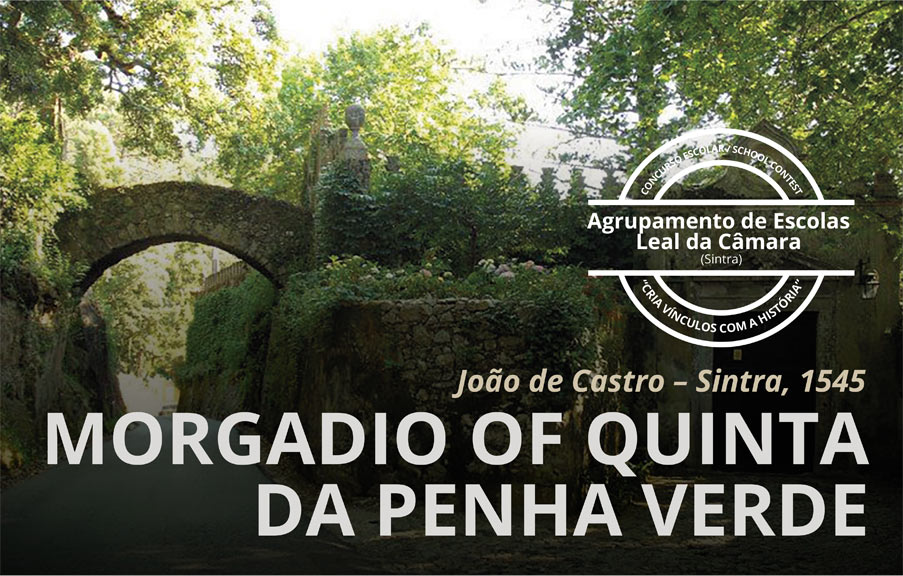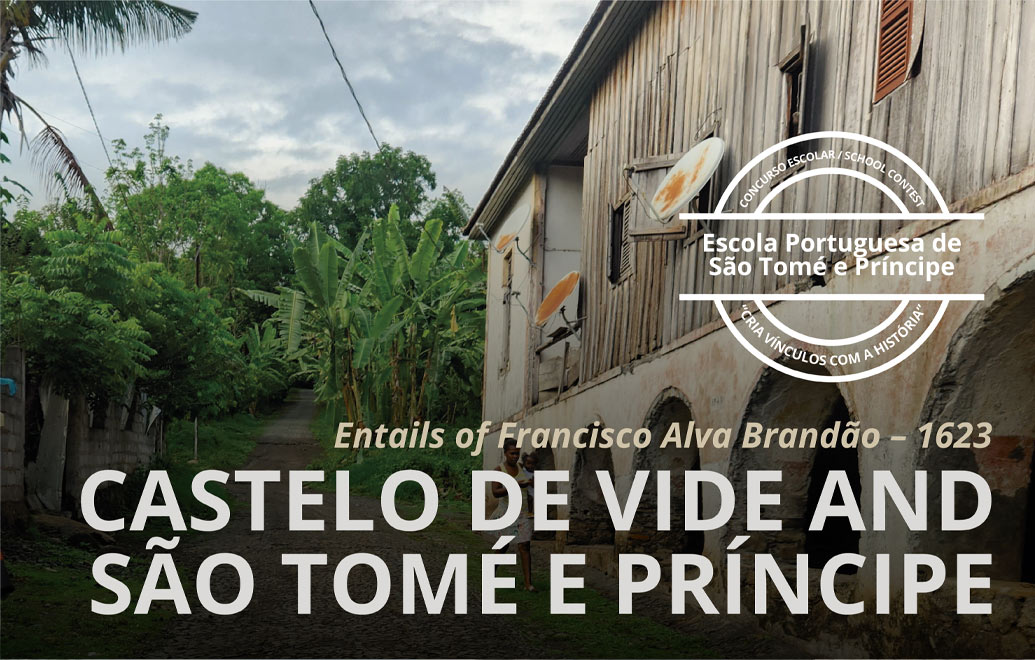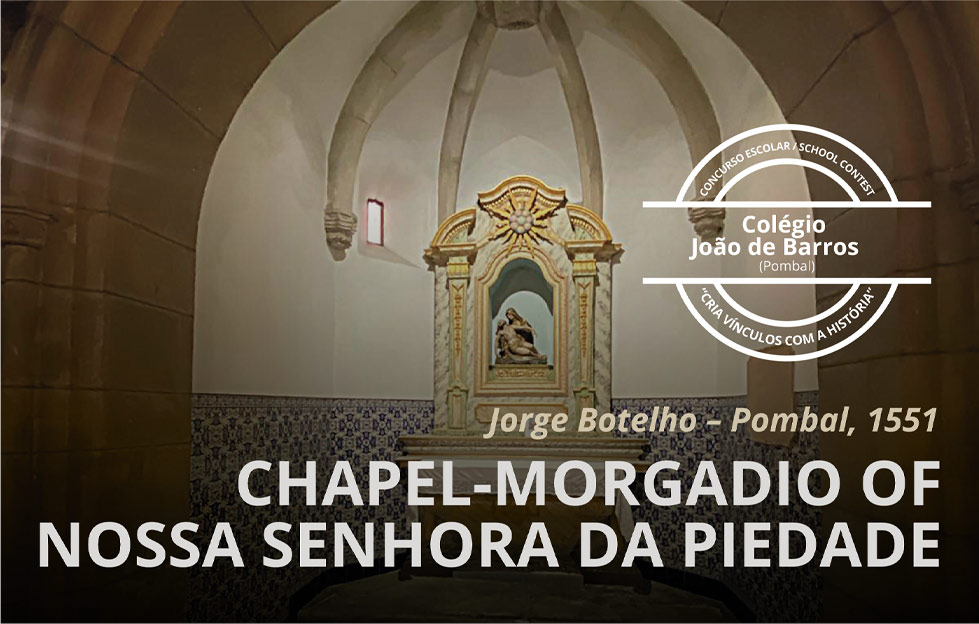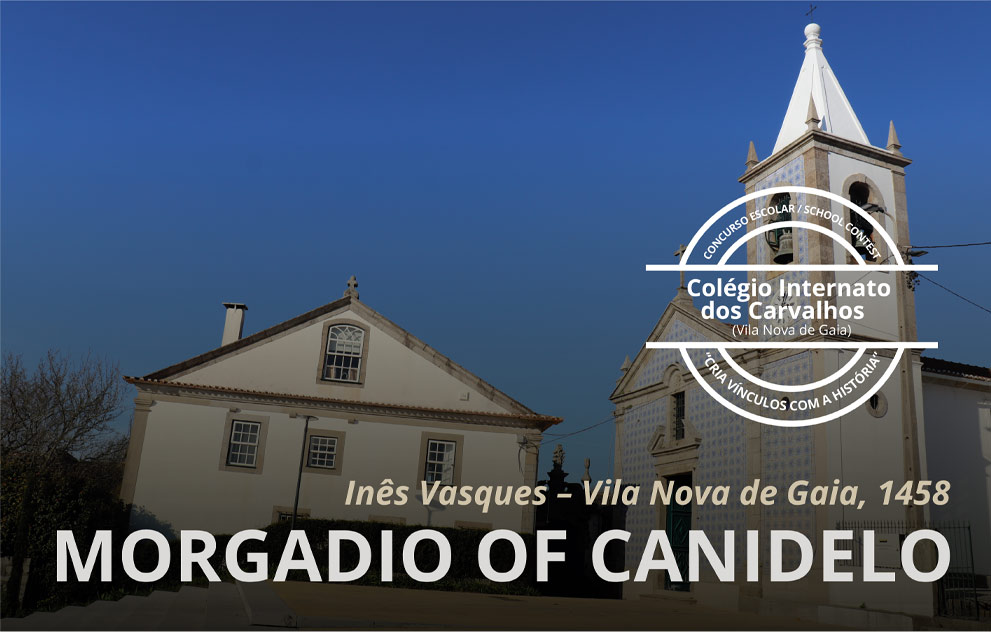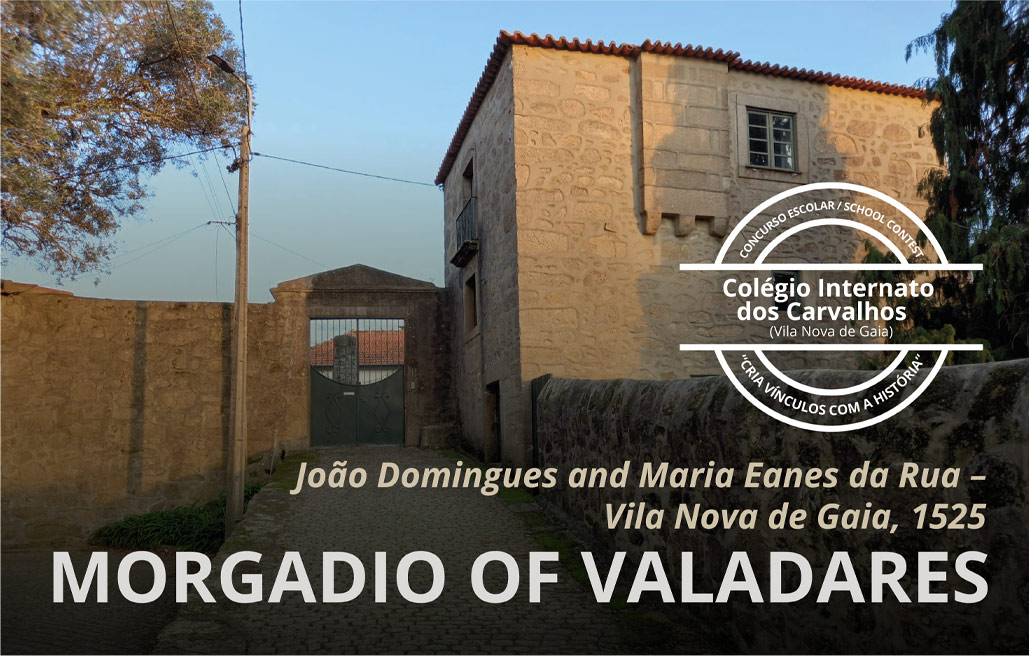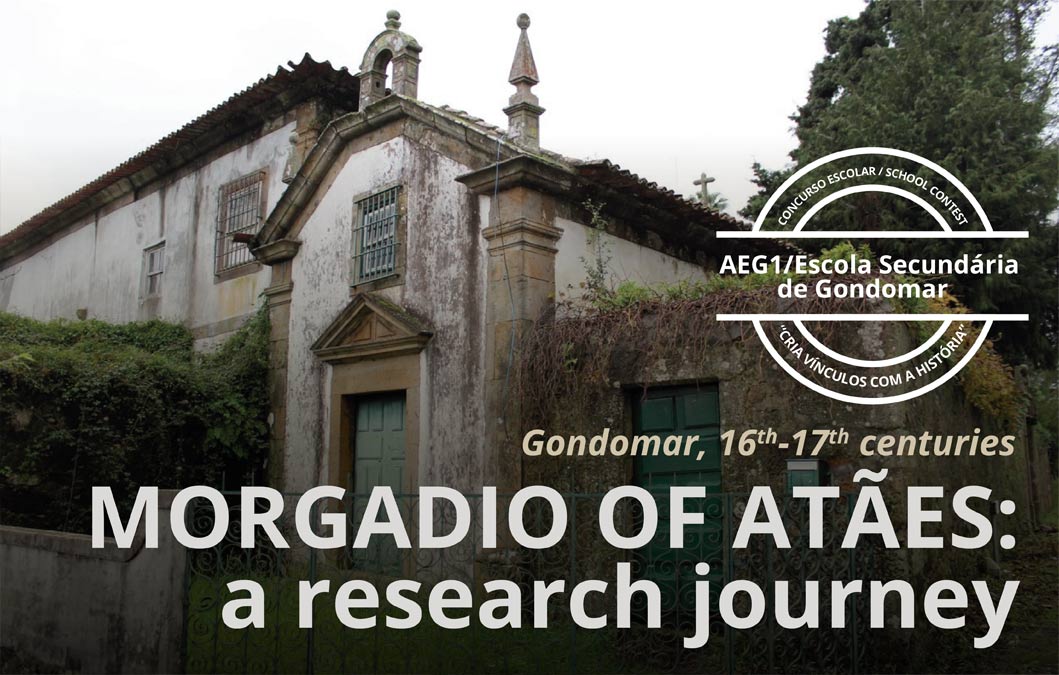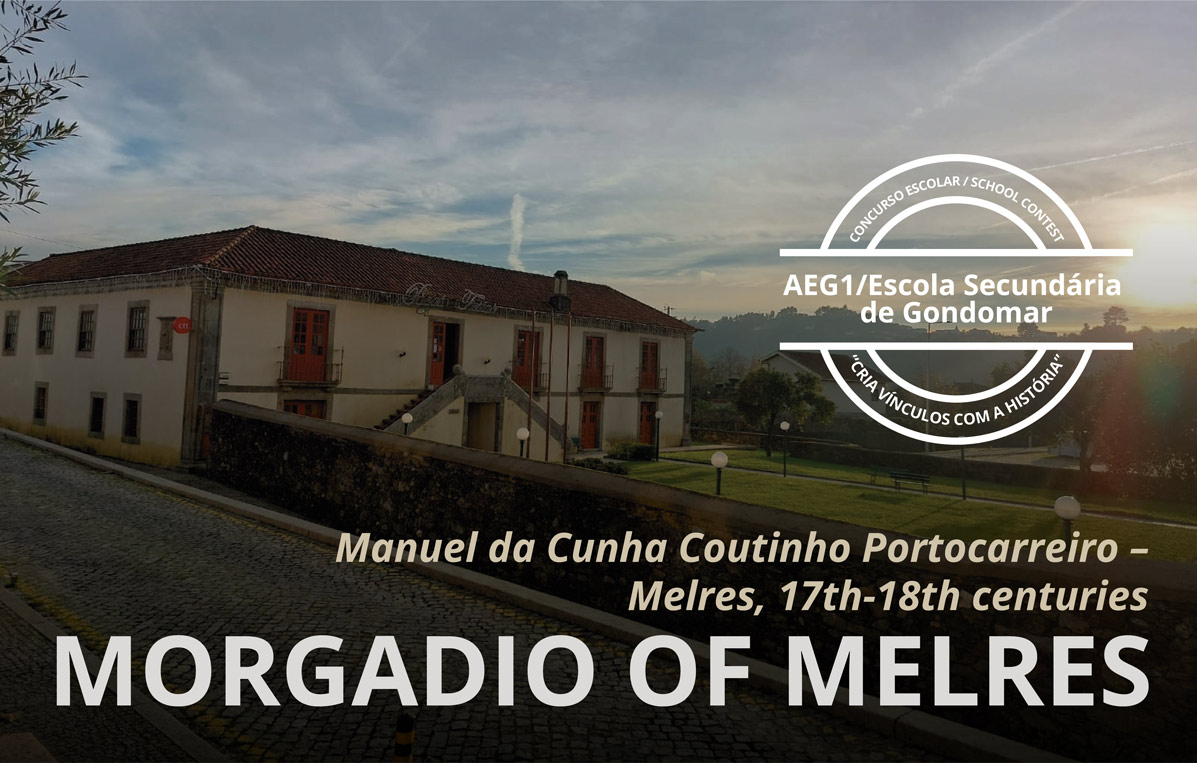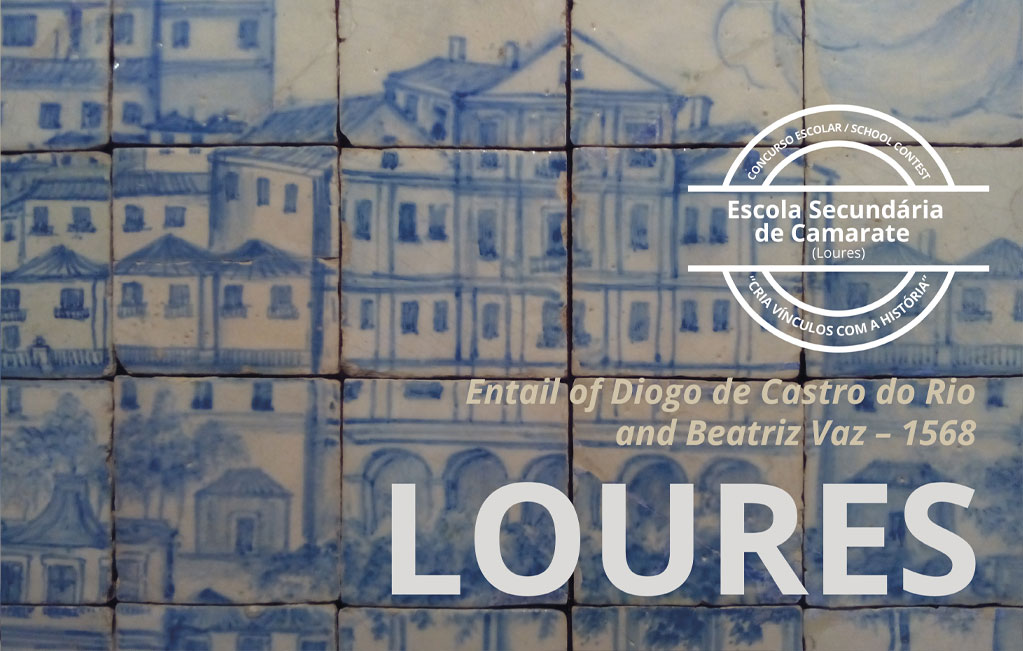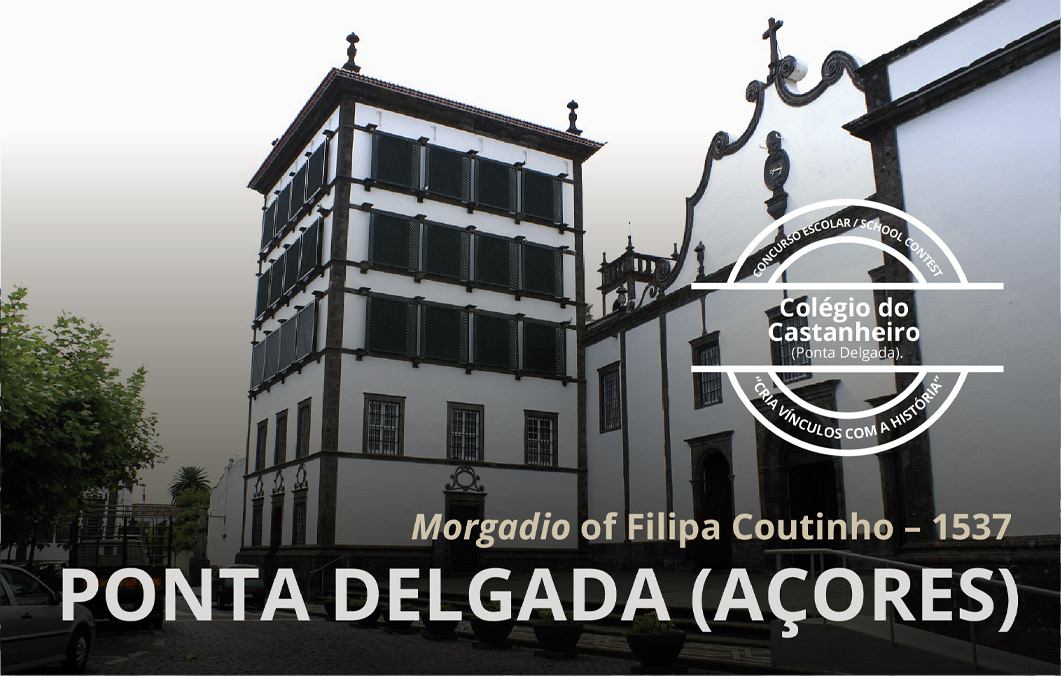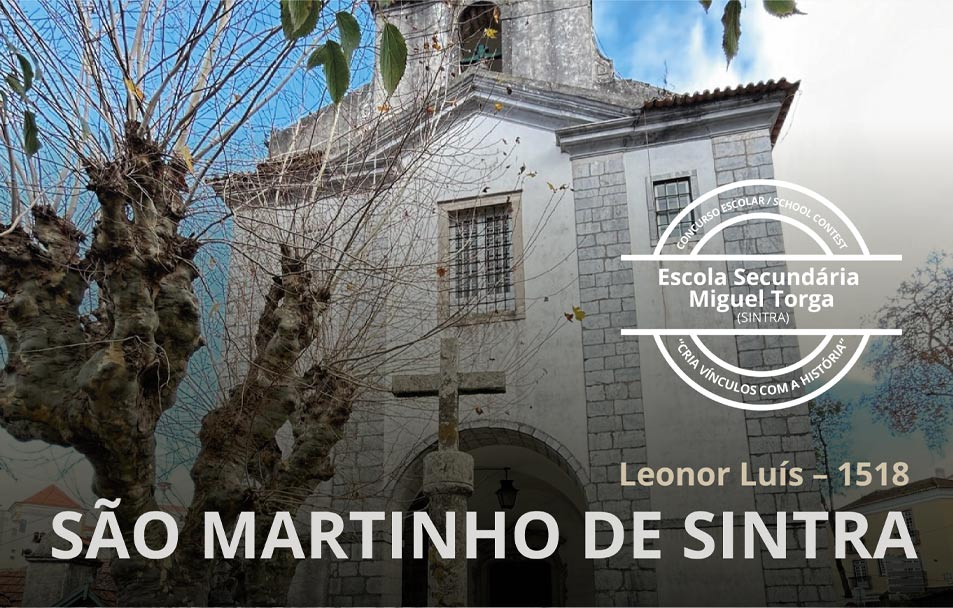Entail of the month (November, 2022)
Chapel of Nossa Senhora de Guadalupe
Domingos Cardoso da Fonseca, Aldeia de Cima (Armamar), 1679
Not much information is available to trace the profile of Domingos Cardoso da Fonseca. However, we know that he was the son of Domingos Madeira and Maria Cardoso da Fonseca (ANTT, Morgados e capelas, Núcleo Antigo 187, fl. 6) and that was born in the Lamego region. The documentation concerning the entail he founded towards the end of his life shows that he had a licentiate degree. We find him enrolled at the University of Coimbra, where he completed his education. He first attended the Instituta, between 1623 and 1624 (AUC, Índice de alunos da Universidade de Coimbra, letra C), and the Faculty of Canon Law between 1628 and 1631 (AUC, Índice de alunos da Universidade de Coimbra, letra F). His education would be reflected in the foundation of the chapel.
Image of Nossa Senhora da Guadalupe.
In 1679, he would have been “more or less” 70 years old, as his contemporaries would have put it. He was at the end of his life. It is when the entail was founded, the main asset of which was the chapel dedicated to Nossa Senhora da Guadalupe (Our Lady of Guadalupe) in Aldeia de Cima, on the outskirts of Armamar. The church was already standing and masses being celebrated. It was there that Domingos Cardoso da Fonseca wished to be buried. Although he had suggested that, on his death, the chapel administration should fall to his legitimate son, Manuel Cardoso Madeira, the final decision was left to his written will (ANTT, Morgados e capelas, Núcleo Antigo 187, fl. 5-15).
Domingos da Fonseca displays not only concerns of a spiritual nature, which were common to this type of foundation, but also a wish to perpetuate the memory of his surname, family and offspring. For example, he wished his successors used the surname Madeira, after Domingos Madeira, his father. He also demonstrated to be profoundly knowledgeable of the legal practices of his time. Not only did he order a tombo to be written up, he also detailed that it should open with the transcript, in notarial public form, of the institution deed (made by a notary public), with two authenticated copies being sent to the Torre do Tombo, in Lisbon, and to the cathedral of Lamego registry, respectively. Furthermore, he advised the administrator to keep certificates of those documents, along with his own copy (ANTT, Morgados e capelas, Núcleo Antigo 187, fl. 11-11v). Not a very common concern, registration at the Torre do Tombo (by filing a copy of the institution) indicates legal knowledge and an awareness of the importance of preserving the foundation charter.
Chapel of Nossa Senhora da Guadalupe.
In early October 1681, Domingos felt death was looming closer. Drawing up his will, he confirmed Manuel Madeira as his heir and first administrator of the entail. He appointed the first four chaplains to celebrate two daily masses in his chapel (ANTT, Morgados e capelas, Núcleo Antigo 187, fl. 15-21v). The parish records put his death at 12 October (AMDL, Paróquia de Armamar, cx. 3 n. 4, fl. 12v-13). In May the following year, Manuel Cardoso Madeira initiated the procedures for completing the tombo, in compliance with the founder’s wishes.
It is important to dwell on the foundation charter. It contains a detailed description of both the chapel and the adjacent manor house where the morgado resided. As far as the church is concerned, we learn that it was unfinished. Part of the altarpiece was still to be gilded, and some of the images had only received a preparatory coat of plaster, before colour was applied. This echoes the relevance of the patrimony and moveable items in it, namely the altarpiece, with its columns and tabernacle, and a set of eight large images, about four palms high, besides numerous liturgical implements and vestments (ANTT, Morgados e capelas, Núcleo Antigo 187, fl. 38-39v).
Chapel of Nossa Senhora da Guadalupe.
A bridge connecting past and present stands as confirmation of the patrimonial value of the chapel of Nossa Senhora de Guadalupe. The chapel remained in use until the end of the 20th century, chiefly for family events but also as a space sometimes enjoyed by the community at large, thus generating memories off it. The manor house was consumed by fire on 8 December 1999, which also destroyed its archive and many other assets. However, it has been fully recovered and transformed into a hospitality unit. The interventions have continued until the present day, with the recovery of the chapel taking place over the current year. In the heart of the Douro valley, Casa da Capela de Cima is keeping the memory of its founder alive (https://casadacapela.com/).
Rodolfo Petronilho Feio
(in collaboration with Casa da Capela de Cima)
Coordination: Rita Sampaio da Nóvoa
Sources and bibliography
ARQUIVO NACIONAL DA TORRE DO TOMBO – Morgados e capelas, Núcleo Antigo 187.
ARQUIVO-MUSEU DIOCESANO DE LAMEGO – Paróquia de Armamar, cx. 3 n. 4.
ARQUIVO DA UNIVERSIDADE DE COIMBRA – Índice de alunos da Universidade de Coimbra, letras C and F.
Other entails of the month



